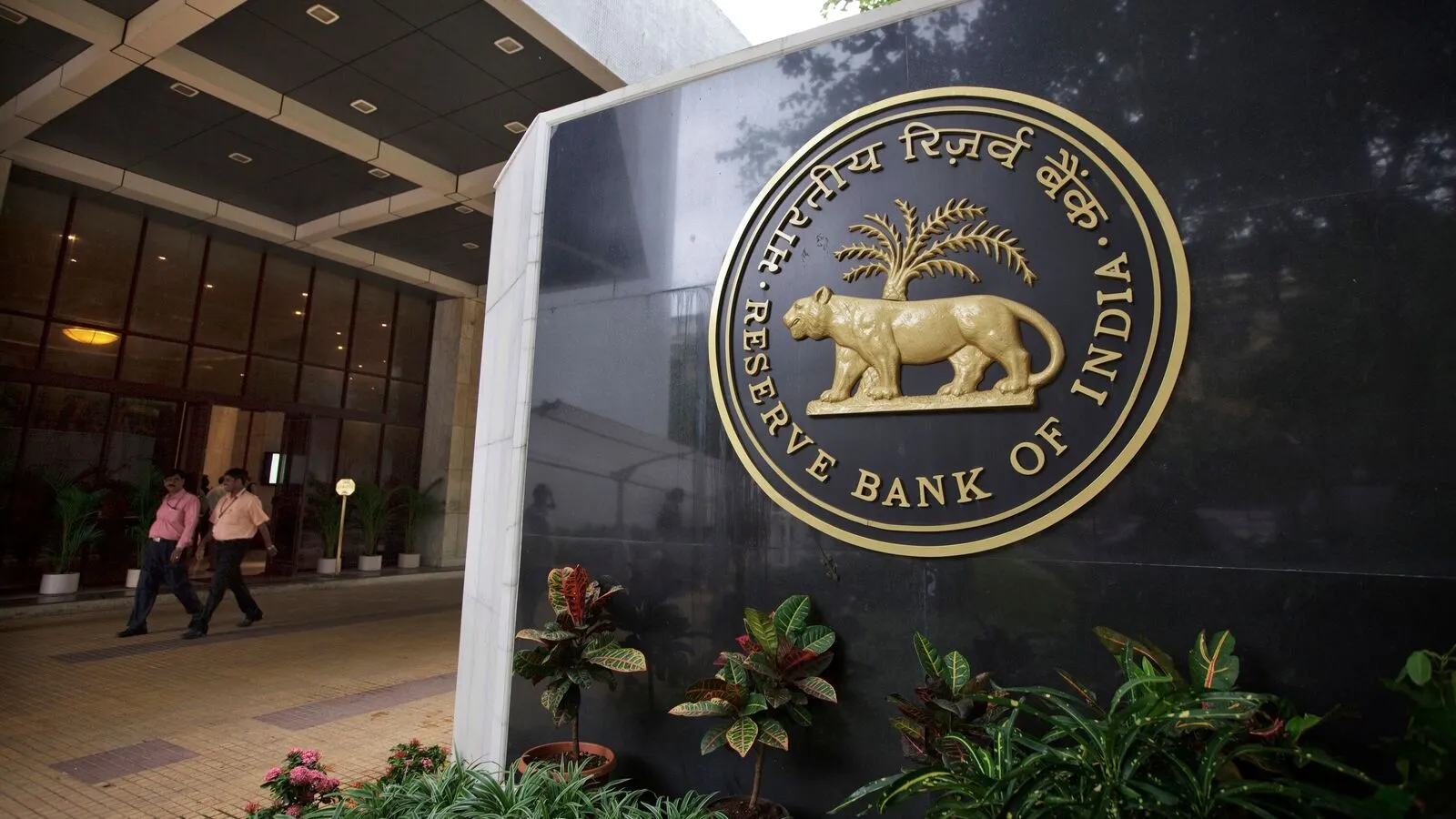Banking stocks rally as RBI delivers surprise rate and CRR cuts; Nifty Bank jumps 1.6%, Nifty Fin Services surges 2%

Shares of banking and financial services companies soared on Friday after the Reserve Bank of India (RBI) delivered a larger-than-expected 50 basis point (bps) cut in the benchmark repo rate and a surprise 100 bps reduction in the Cash Reserve Ratio (CRR). The Monetary Policy Committee’s (MPC) aggressive move, along with a shift in policy stance from ‘accommodative’ to ‘neutral’, injected fresh optimism into the markets.
RBI’s Bold Policy Shift Triggers Sector-Wide Rally
The RBI cut the repo rate to 5.50 percent and slashed the CRR by 100 bps in a staggered manner, signaling a clear pivot toward boosting liquidity and credit growth. The CRR, which dictates the portion of deposits that banks must park with the central bank, will now be reduced by 25 bps each over four tranches starting September 6 through November 29, 2025. According to RBI Governor Sanjay Malhotra, this move will infuse approximately ₹2.5 trillion into the banking system by the end of the year.
In tandem, the Standing Deposit Facility (SDF) rate has been adjusted to 5.25 percent and the Marginal Standing Facility (MSF) rate now stands at 5.75 percent.
Reacting to the policy announcement, the Nifty Bank index surged 1.66 percent, Nifty Financial Services gained nearly 2 percent, Nifty Private Bank climbed 2 percent, and the Nifty PSU Bank index advanced 0.6 percent. IDFC First Bank led the gainers, rallying 7 percent, while AU Bank climbed 4 percent. Axis Bank, HDFC Bank, and IndusInd Bank also rose 2–3 percent intraday.
Analysts See Support for Credit Growth, Investment Revival
Devarsh Vakil of HDFC Securities termed the policy a “jumbo rate cut” and emphasized that the liquidity injection from the CRR reduction will aid bank margins and bolster private sector investment in the second half of FY26. While global headwinds remain—from US tariffs to geopolitical tensions—the growth-inflation dynamic offered sufficient rationale for monetary easing.
Chanchal Agarwal, CIO of Equirus Credence Family Office, highlighted that the RBI’s cumulative easing of 100 bps in 2025, coupled with a record ₹2.69 trillion dividend and ₹9.5 trillion in liquidity infusions since January, marks a strong pro-growth stance. He, however, cautioned that further rate cuts may be limited going forward, especially with the MPC adopting a ‘neutral’ stance.
Sundeep Mohindru of M1xchange noted the policy’s positive implications for MSMEs. “Lower rates and higher liquidity will improve formal credit flow to small businesses through microfinance and TReDS platforms. The CRR cut ensures more active participation by banks,” he said.
Brokerages Weigh In: Private Banks Favoured Over PSUs
InCred Equities, in its latest banking sector update, cautioned that the repo rate downcycle could squeeze net interest margins (NIMs), particularly for state-owned enterprises (SOE) banks. Large private banks, they said, are better positioned to weather the margin pressure due to their stronger starting point and more flexible pricing strategies.
The brokerage maintained an ‘ADD’ rating on Axis Bank, HDFC Bank, and ICICI Bank, and said HDFC Bank may outperform ICICI over the coming years due to stronger deposit growth. Among PSUs, Punjab National Bank and Canara Bank earned ‘ADD’ ratings for their on-balance sheet liquidity buffers and margin levers. However, State Bank of India and Bank of Baroda received ‘HOLD’ ratings due to elevated valuations.
In conclusion, the RBI’s surprise double-barreled action—cutting both the repo rate and CRR—has breathed fresh life into Indian banking stocks, with broader implications for liquidity, credit growth, and private investment. While the front-loaded easing cycle could taper off, analysts believe that the immediate impact will be supportive of economic momentum and market sentiment. As transmission kicks in and liquidity flows rise, sectors such as banking, real estate, and MSMEs are expected to be the key beneficiaries of this bold monetary policy shift.
Disclaimer: The views and recommendations made above are those of individual analysts or broking companies, and not of Mint. We advise investors to check with certified experts before making any investment decisions.









